There are many different factors to consider when you are choosing the best raw materials to use for metal stampings. The most important thing is to make sure you are choosing a raw material that will work well with your specific application. There are a huge amount of metals featuring varied properties, so it’s important to choose the right metal. In this blog post, we will discuss different metals and help you choose the best raw material for your metal stamping project.
How to Evaluate the Reliability of Common Alloys You Use
When you use metal stamping to make complex parts, you must select the best raw material for your application. Early in the process, you can consult with a metal stamping expert o ensure that the raw material meets the right properties for your demands. The following are some of the issues you need to take into consideration.
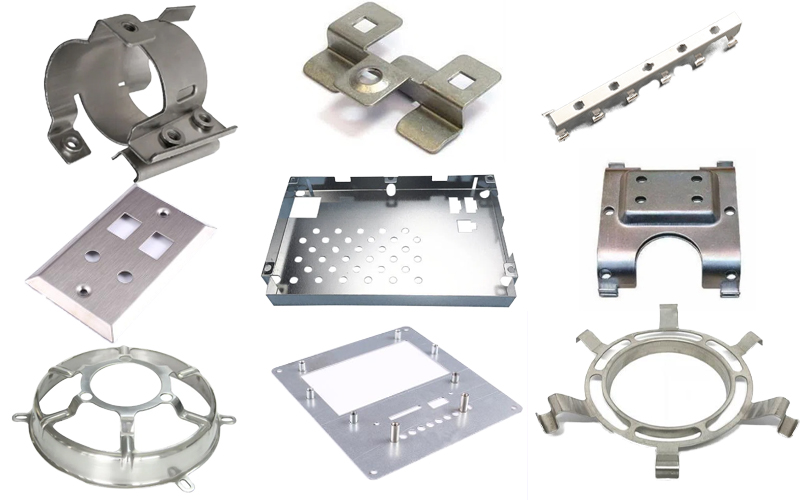
Tensile Strength
Raw material working in extreme environments needs to withstand excessive weight without deforming the product. For example, automotive fenders and engine covers.
Solderability
If you are a manufacturer for airfoil manufacturing, that is a crucial thing you need to consider. Solderability means that its low melting point allows the metal to be easily joined to another metal without distorting it. Aluminum metals, for example, are a low melting point metal and are also cost efficient batches.
Plasticity
Malleable metal can be easily molded into the desired shape without being damaged, which is why aluminum alloys are used to manufacture automotive parts such as fenders and doors.
Electrical Conductivity
If you are making electrical components such as printed circuit boards, that is a significant factor to consider. For example, copper alloys feature high electronic conductivity. Compared with aluminum, steel or other metal stamping raw materials, its copper conductivity can reach 59.6 × 106 S-m-1.
Thermal Conductivity
Such reflects the capability of heat dissipation for common alloys. For example, aluminum alloys have good high temperature resistance that is made into metal stamping heat sinks or aviation aluminum. Its heat conduction can reach 237 W-m-K.
Corrosion Resistance
The raw material can resist corrosion under the extreme environment such as salt water or acid. For example, stainless steel alloys characterize sound corrosion resistance, which is often used in many sectors such as food packaging and medical equipment.
Raw Materials for Metal Stamping Process
There are many different metals available for metal stamping, each with its unique properties. The following are the types of raw material available.
1, Ferrous Metals
2, Non-Ferrous Metals
Mainly used in the automotive, construction and appliance industries, many metals are used in manufacturing metal stamped parts, of which the commonly used is iron. Meanwhile, they are cheaper than non-ferrous metals but are also more prone to rust and corrosion. Below are common metals that can be used for metal stamping.
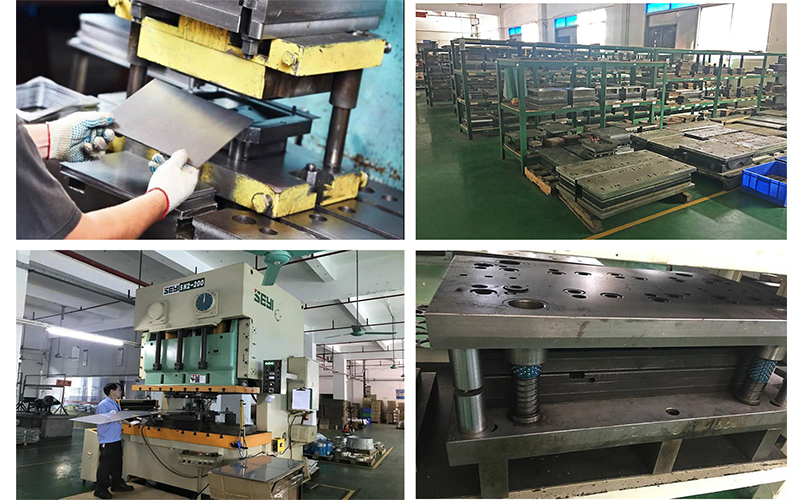
Carbon Steel Alloys
In addition to iron, steel with five natural elements including carbon, silicon, manganese, phosphorus and sulfur is called carbon steels alloy, which is divided into low carbon steel, medium carbon steel and high carbon steel. Generally speaking, material with high carbon content represents that it is difficult to stamp.
Low Carbon Steel Alloys(0.10% – 0.25%):
It is the most common type of steel in the metal stamping processes, they are usually used to make electrical components, such as pin terminals and electronic connectors.
Medium Carbon Steels Alloys(0.31% – 0.60%):
Better hot working and cutting properties with lower plasticity and toughness than low carbon steels alloys. It is mainly used to manufacture automotive parts, such as axles and gears.
High Carbon Steel Alloys(0.60% or more):
With very high strength, it can be hardened and tempered, which is mainly used in cutting tools, molds and steel wires.
Alloy Steel
Distinguished by alloy content
Low Alloy Steel(less than 5%):
It has high hardness with poor solderability and formability, are mainly used for making bridges and automotive parts.
Medium Alloy Steel(5% – 10%,):
With good toughness and formability, are mainly used to make large diameter pipe fittings, forgings and carburized parts.
High Alloy Steel(higher than 20%,):
Outstanding heat endurance and corrosion resistance, are mainly used to make cutting tools, measuring tools and molds.
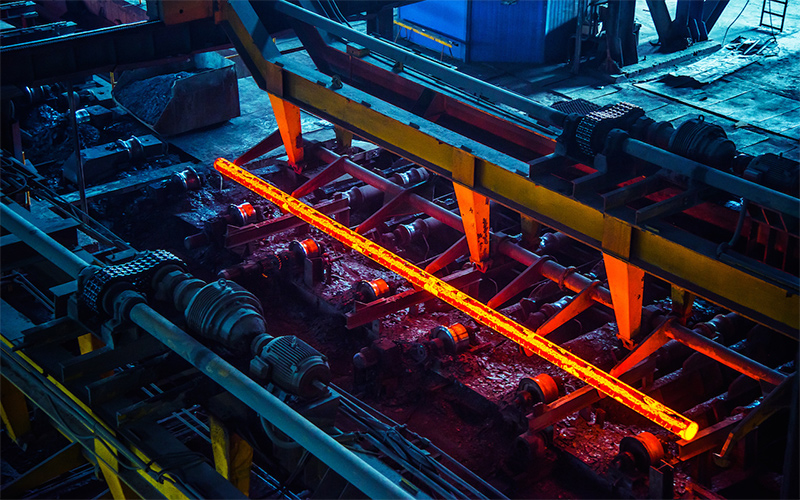
Distinguished by application.
Quenched and Tempered Steel(0.25% – 0.60%):
With excellent plasticity and toughness, it is mainly used for high temperature resistant bolts, nuts materials, etc.
Spring Steel(0.6% – 0.9%):
It is used for springs that require high elasticity and toughness, such as automotive suspension springs, railroad vehicle springs, etc.
Rolling Bearing Steel(0.60% or more):
Added with other metals such as cobalt, tungsten or molybdenum. It can be used for rolling bearings for its high hardness and wear resistance
Stainless Steels:
Chromium and carbon elements are generally non-magnetic. Stainless steel alloys can be made into different kinds of steel parts according to their color, appearance and strength.
Non-Ferrous Metals
Here are metals that do not contain iron as their main component. They are more expensive than ferrous metals with better corrosion resistance. Below are stamped components that are mainly used in electronics, aerospace, medical and construction industry:
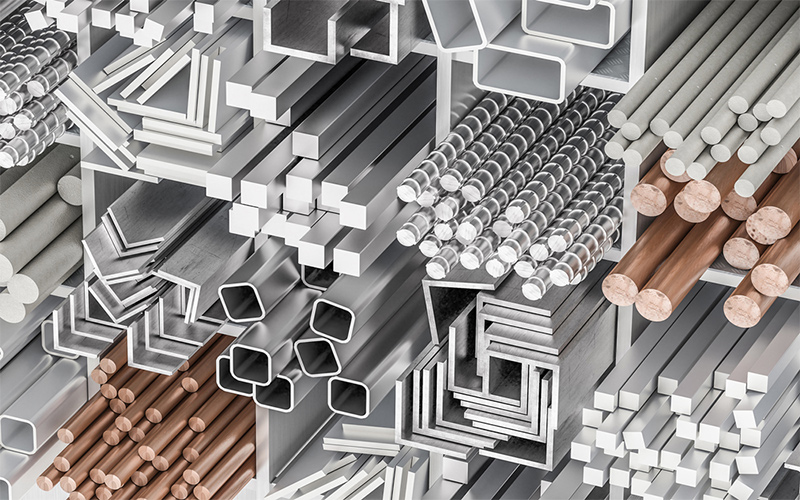
Aluminum Alloys
Aluminum is the lightest metals with excellent flexibility, ductility, electrical conductivity etc…
Electrical Conductivity:
Thanks to its low electrical resistance, aluminum alloys have similar electrical conductivity to copper alloys.
Ductility:
Well-performance tensile strength states it doesn’t break after metal stamping.
Capability Against Cold Temperatures:
They don’t fracture under low temperatures like other alloys such as stainless steels as the aluminum alloy has a protective oxide layer on it.
High-Quality Finish:
Featuring silver-white, it has a shiny surface, which is conducive to the subsequent precision metal stamping and CNC processing.
Copper Alloys
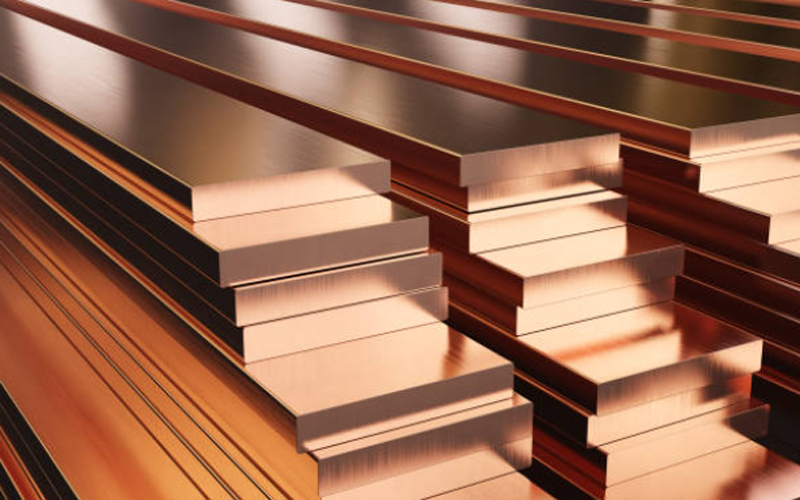
Copper alloys include brass, bronze, nickel based alloys, beryllium copper, etc. They have won the market’s affection for excellent heat conductivity, corrosion resistance and antimicrobial properties, creating an opportunity that copper alloy is becoming one of the best raw materials available for precision metal stamping.
Decorative Appeal:
Copper can be colored by adding other metallic elements and the most common of which is dark yellow. They are widely used in manufacturing copper alloys tableware and retro-style metal stamping materials for construction.
Anti-Bacteria:
That has been proven copper ions can kill bacteria, which reduces the risk of infectious diseases tremendously. Therefore, copper alloys are chosen for door handles and buttons made by metal stamping.
Excellent Thermal Conductivity:
Copper alloys have better heat conductivity than aluminum alloys. Therefore, most of the pots and pans will be copper-coating to distribute heat more evenly.
Rare Alloys
Due to their low availability and high price, these metals are mainly used in the aerospace and defense industries while other industries are limited. Nowadays, the major materials for metal stamping are titanium, vanadium and niobium, which are mixed with steel to obtain higher strength, corrosion resistance and the capability to endure extremely high temperatures. temperatures.
Metal Stamping and Customization with Kaixin
We import different types of precision machining machines from overseas including 10 large stamping machines with tonnage of 250T,160T,110T,80T,60T,63T,40T,45T,35T,25T. The progressive metal stamping machine can produce stamped metal parts without errors through the continuous stamping.
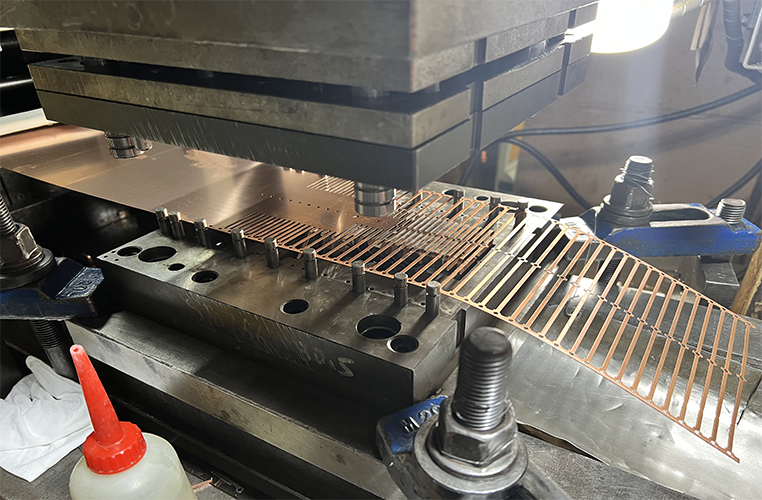
Our experts has thorough experience in stamping and choosing a right material as your requirement. Additionally, we are delighted to provide customized services for varied metal parts.
Contact Kaixin today for getting know well about how our experts choose the best metals during material selection process.
